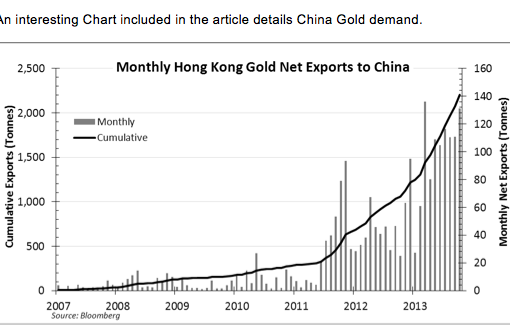 Author: Charles Sizemore
Author: Charles Sizemore
Covestor models: Sizemore Investment Letter and Tactical ETF
Disclosure: No positions in stocks mentioned
I write this article with a heavy heart, dear reader. This will be my last article from Peru for at least the next several months (see last article). My working vacation ends today, and tomorrow it will be back to the real world for me. Goodbye whinnying horses and warm, equatorial weather, hello gray winter skies and rude Dallas drivers.
One of the blessings (or perhaps curses) of the modern world is that one can be sitting in the Plaza de Armas of Paijan, Peru enjoying an ice cream cone and yet still be plugged in to the markets. The ball and chain of the BlackBerry has a long reach indeed. I would be lying, however, if I said I had been following the markets particularly closely these last few weeks. In sunny South America, there are quite a few distractions to divert my attention.
This brings me to my topic for today—the benefit of the occasional forced seclusion from the markets. No, this is not a call for a Jimmy Buffett lifestyle of blissful, rum-soaked irresponsibility, and it is not a celebration of “buy, hold, and pray” investing. It is, however, a recommendation to take the advice of another Mr. Buffett, a certain gentleman from Omaha, Nebraska: “I buy on the assumption that they could close the market the next day and not reopen it for five years.”
Recognize that not all of Warren Buffett’s investments are held for the long-term. The Oracle of Omaha has been known to make shorter-term trades when conditions were right. In fact, his acquisition of Berkshire Hathaway (NYSE: BRK-A) itself started as a short-term trade and only evolved into a permanent holding after a much younger, more impulsive Buffett decided to take a controlling interest in the company for the simple joy of firing its CEO (see “Warren Buffett’s Worst Investment” for the full story.)
Still, his core message — that you should be confident enough in your investments and in the prices you paid for them to hold on to them for years — is sound. It has nothing to do with the time horizon per se and everything to do with the discipline needed to choose your investments wisely. If you know you couldn’t sell tomorrow, you would choose a lot more carefully.
With all of this as an introduction, where do I think investors should allocate their funds in 2012? Until the European debt crisis reaches something resembling a resolution, we should expect continued on-again / off-again volatility. But volatility alone is nothing to fear if you buy strong companies at the right prices. And right now, the best pricing is in European dividend payers.
In late 2012, I recommended that investors take a look at German blue chips Daimler (DDAIF) and Siemens (SI)— see “Time to Buy Germany”. I would reiterate those recommendations today and add Spanish telecom giant Telefonica (TEF) and the Swiss multinational power and construction company ABB Ltd (ABB) to the mix. All pay competitive dividends and have a strong presence in emerging markets. Crisis or not in Europe, these are companies I’d be comfortable holding at least for the duration of 2012.



